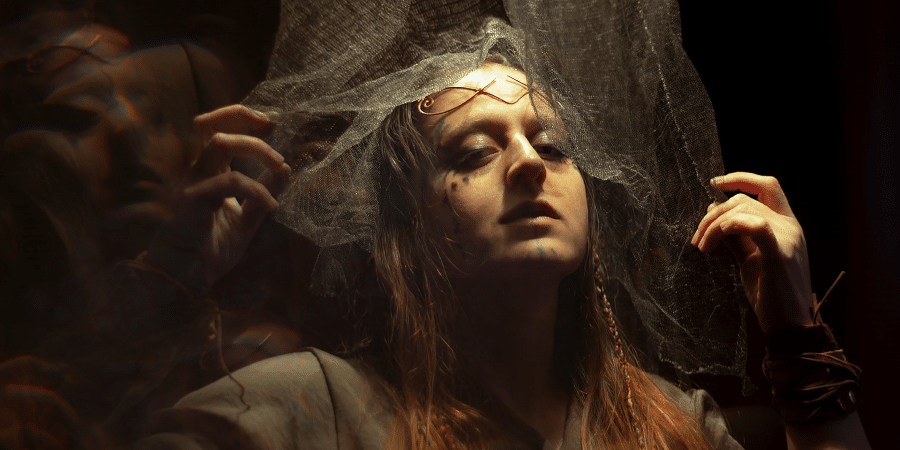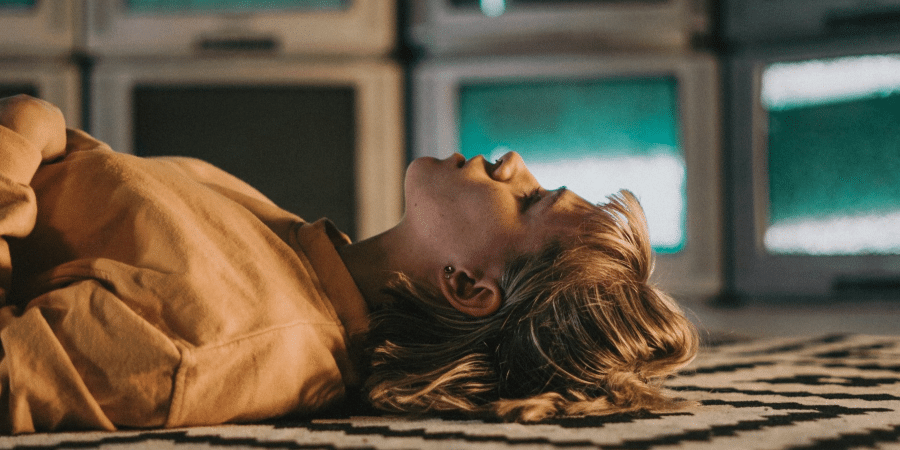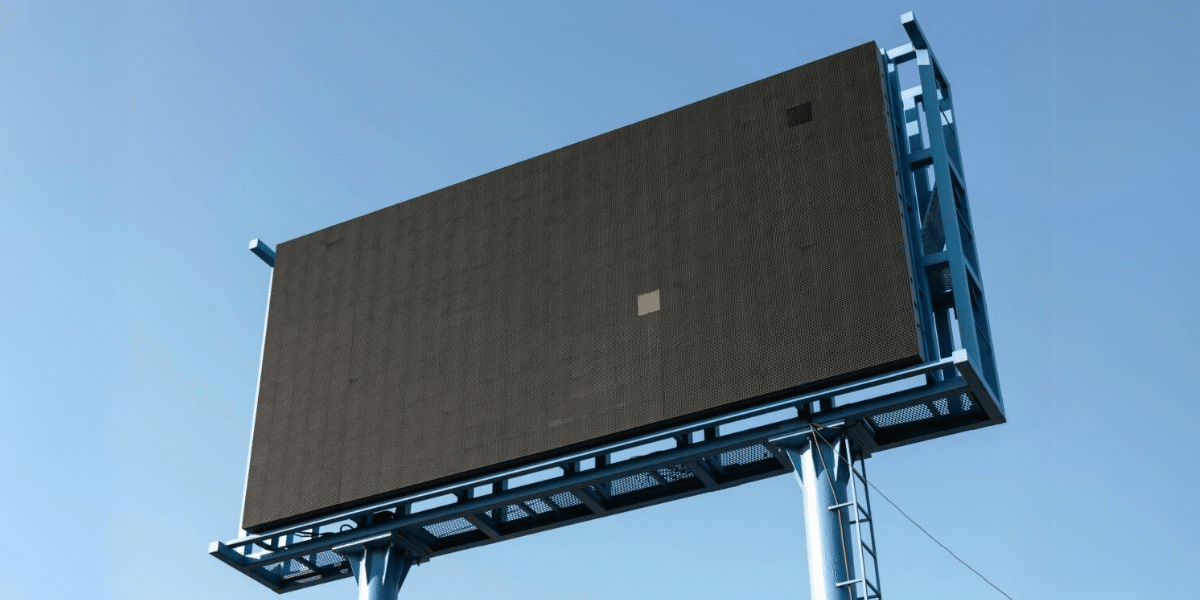Remember the good ol’ days of horror? You know, the ones where a loud crash or a shadowy figure lurking in the corner sent shivers down your spine? While jump scares still have their place in the genre’s toolbox, horror has undergone a fascinating shift in recent years. We’re witnessing a move away from cheap thrills and towards a more unsettling brand of terror: existential dread.
The Rise and Fall of the Jump Scare:
Let’s rewind a bit. For a long time, horror films relied heavily on jump scares as their primary weapon. A sudden loud noise, a monster lunging out from the darkness – these tactics were guaranteed to elicit a jolt of adrenaline and a shriek from the audience.
Think classics like “REC” or “The Conjuring”. Effective in their own right, these jump scares provided a visceral thrill, but perhaps a little too predictable after a while. Audiences craved something more, something that lingered long after the credits rolled, a kind of horror that burrowed beneath the surface and stayed with you.
Enter Existential Dread: Horror Gets Philosophical
This is where existential dread steps in. This brand of horror taps into our deepest, most primal fears – the fear of the unknown, the fear of insignificance, and the fear of what lies beyond the veil of our existence. These films don’t rely on cheap scares; they weave a subtle sense of unease that creeps under your skin and takes root, leaving you questioning reality and your place in the grand scheme of things.
A Reflection of Our Times?
The rise of existential horror might be a reflection of the times we live in. We’re bombarded with information overload, facing unprecedented challenges like climate change and social unrest. It’s no wonder that anxieties about the human condition are bubbling to the surface, and horror films are providing a chilling outlet to explore them. These films become a mirror reflecting our collective anxieties, forcing us to confront the unsettling questions about our place in the universe.
Examples of Existential Horror: When the World Feels Off-Kilter
Here are some prime examples of films that masterfully weave existential dread into their narratives:
- Hereditary (2018): This unsettling film delves into themes of grief, the secrets that bind families, and the fragility of human connection, leaving you questioning the very fabric of reality.
- Annihilation (2018): Shimmering beauty masks a terrifying mystery in this film that explores humanity’s place in a universe that might not care about our existence.
- Get Out (2017): This social horror masterpiece blends racial tension with existential dread, raising questions about identity and the insidious nature of societal structures.
Slow Burn vs. Slasher:
Unlike the fast-paced, gore-fests of the slasher genre, where the threat is often a singular, identifiable monster, existential horror utilizes a slow-burn approach. The terror unfolds gradually, building a sense of unease that permeates the entire film. There are no easy answers, no clear-cut heroes or villains. Just a chilling atmosphere that forces us to confront our own existential anxieties. It’s a slow descent into madness, a creeping dread that lingers long after the movie ends.
The Power of Ambiguity:
Ambiguity is another key ingredient in existential horror. These films don’t spoon-feed answers; they leave you pondering long after the credits roll. What exactly happened? What does it all mean? The lack of clear resolution adds to the unsettling nature of the experience, forcing us to grapple with the unsettling questions the film raises. We’re left to interpret the events and themes ourselves, which can be both frustrating and thought-provoking.
A Genre Redefined: Horror Evolves
The shift towards existential horror is a testament to the evolving nature of the genre. Horror is no longer just about monsters and jump scares. It’s become a powerful tool for exploring our deepest fears, anxieties, and the human condition. These films challenge us, unsettle us, and ultimately, make us think. They push the boundaries of the genre, forcing us to confront the darkness within ourselves and the unsettling truths about the world we inhabit.
So, the next time you’re in the mood for a horror movie, don’t just reach for the latest slasher flick. Seek out a film that delves into the depths of existential dread. You might be surprised by the unsettling brilliance you discover. After all, sometimes, the scariest things aren’t monsters under the bed – they’re the unsettling truths about ourselves and the world we inhabit.







